
David George
East of Eden, 2018-20
The East of Eden project is a series of photographs that document the River Tees as it travels through the topography/geography of the North East and uses the landscapes that have been created by the ever-changing industrial, economic, political and sometimes social needs and interventions along its course, from its source in the High Pennines on Cross Fell to its meeting with the North Sea at Teesmouth. From Roman lead works in the Pennines through sheep farming, arable farming, wool trading, limestone quarries, coal miming, bridge building, ship building, steel working, petro chemical distillation, fishing and now wind farms, all of these industries have a deep and indelible footprint within the landscape as you follow the river from its source to the sea.
The idea of this series was to document how the river cuts a deep, visible timeline through the landscapes that have been formed by man’s use of the land, in a multitude of ways, over millennia and showing the evolution and adaptation the topographies have undergone as our industries and societies needs have changed, engaging with a landscape that constantly reinvents itself. The first twenty-three years of my life were lived next to the River Tees, its factories and shipyards were fixed points in my known universe – stars, by which you could, if desired, steer your life by. Which now, by and large, have disappeared from the firmament, flickering for a moment they faded then died, becoming the dark matter of memory and imagination.
I have been making landscape photographs since 1980 and in 2008 I used the River Tees as a backdrop for some of the images for my ‘Enclosures, Badlands and Borders’ series that looked at the notion of the sublime in man altered landscape. In the past decade I have returned regularly to the area drawn by the siren call of the river’s bucolic and dystopian charms to work on several large projects. I made the ‘Backwater’ series (2013) around Seal Sands that looked at the possibility of the Romantic in contemporary British landscape; the ‘Albedo’ series (2014) which used the abandoned limestone quarries of Upper Weardale as a backdrop to the idea, examined the possibility of Apollonian and Dionian sensibilities co-existing within the same photographic image.
The series derives its name from its geographical location high in the Pennines to the east of the Eden Valley. In the book of Genesis the area east of the Garden of Eden was known as the Land of Nod, a barren place in which very little grew, and where Cain was exiled to wander after the murder of his brother Abel. Significantly, Nod is the Hebrew root of the verb ‘to wander’ and I thought it was a very apt way to describe the movement of a river through the landscape. It also chimes with the way I undertook the project, which was to follow the river on foot from its source to its mouth over a 10-day 200km walk in June 2018 – a walk that could be very much described as a ‘wander’, as the river dictated my meandering route rather than from any self-determination on my part.
Conceived as a black and white and colour project (I made over 500 colour images and 2500 black and white images), I returned periodically over the next 12 months to produce much of the colour night work, the ‘cinematic-romantic’ side to the project I wanted to collaborate with; and the more documentary black and white daylight work which was shot on film. Again this was to try and develop both classical and romantic ideas about the river, and attempt to get two styles in opposition to somehow come together to create something whose sum was greater than its parts. Neither the black and white nor colour images are manipulated and are truthful documents of what was in front of the camera. The colour are shot on digital with no postproduction except for noise reduction in the longer exposures, their style being the contributing romantic factor rather than any enhancement in postproduction. The romantic side to the pictures, for me, is important as pure documentary photography tells the viewer a very specific story, whereas romanticism allows the viewer to participate in the telling of the story using their own imaginations. I am currently rendering 24 of the black and white images as photogravures to make into a short run of 10 handmade books which will be sold to fund the next stage of the project.
–
FIELDWORK DOCUMENTS


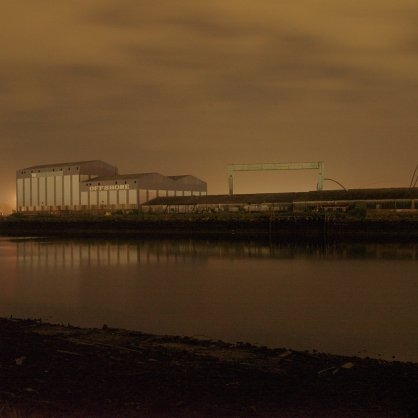
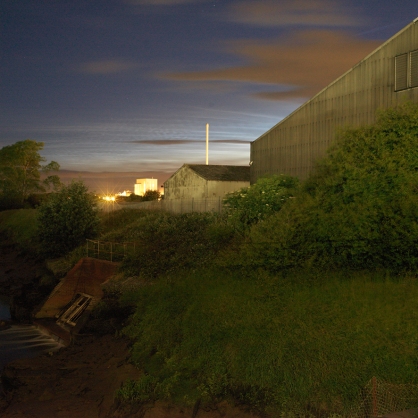
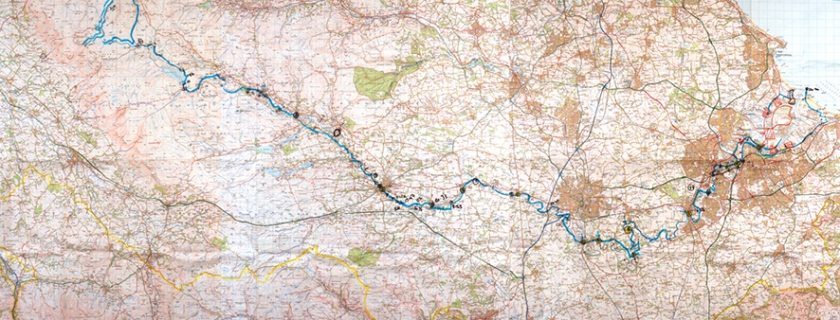
IMAGES (all)
East of Eden. (2018-2020)
PHOTOGRAVURES (selection)
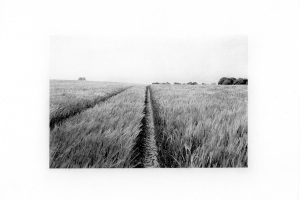


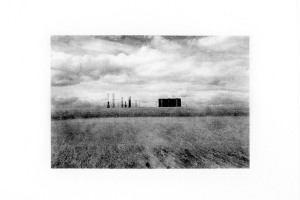
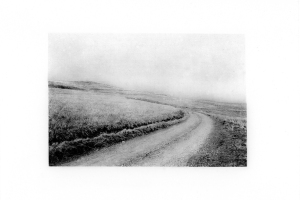

East of Eden
–
TALK
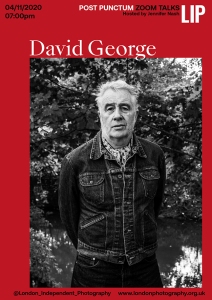
London Independent Photography – Post Punctum Talks, November 2020
[image credit: Jenny Nash @SullenRiotPhotography]
–
ARTIST
David George
You must be logged in to post a comment.